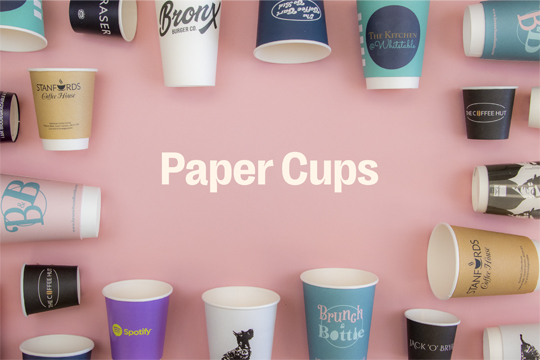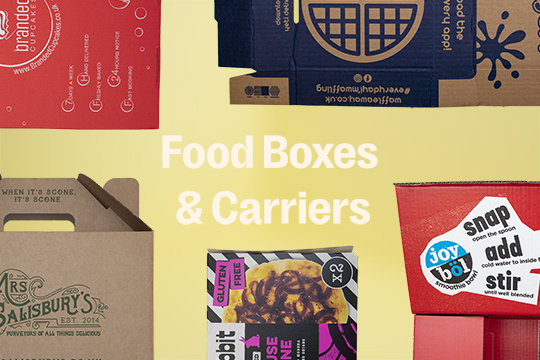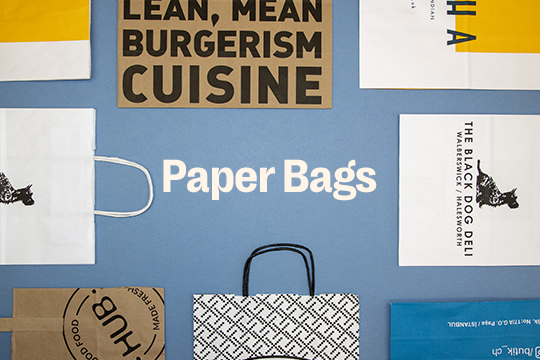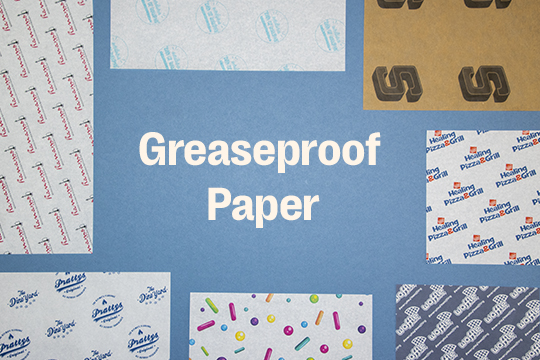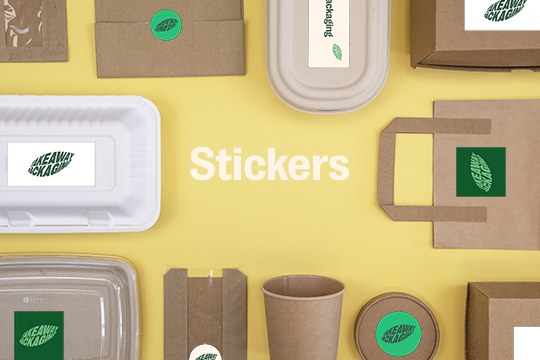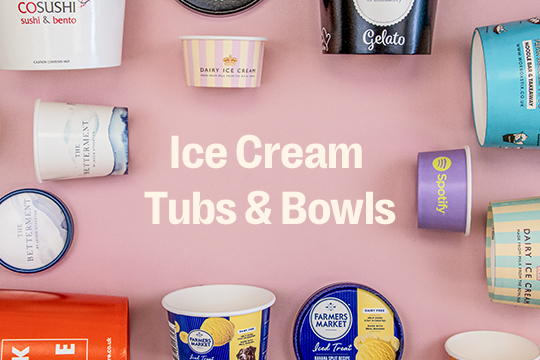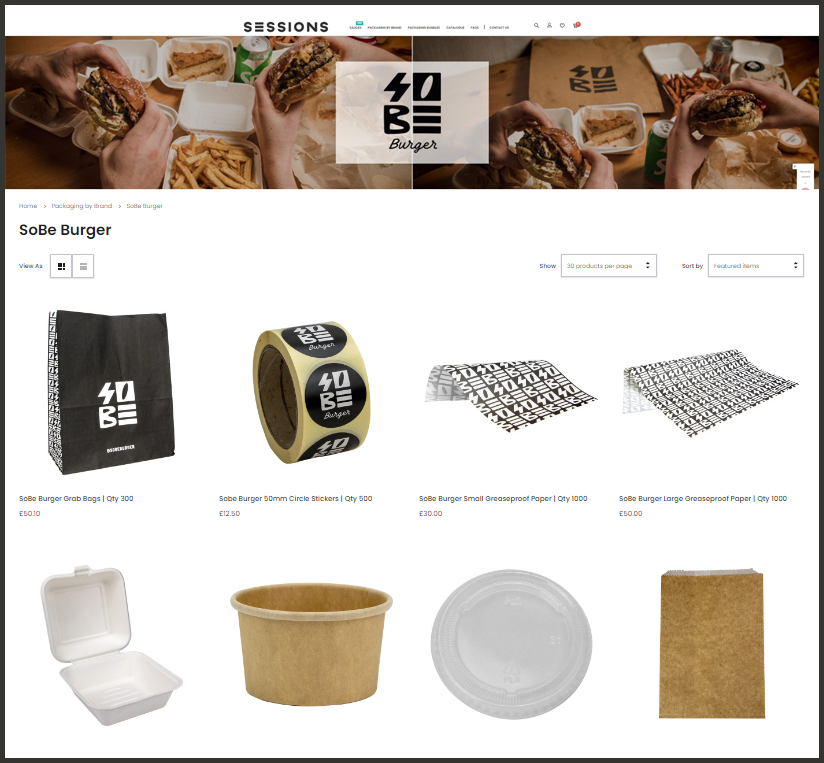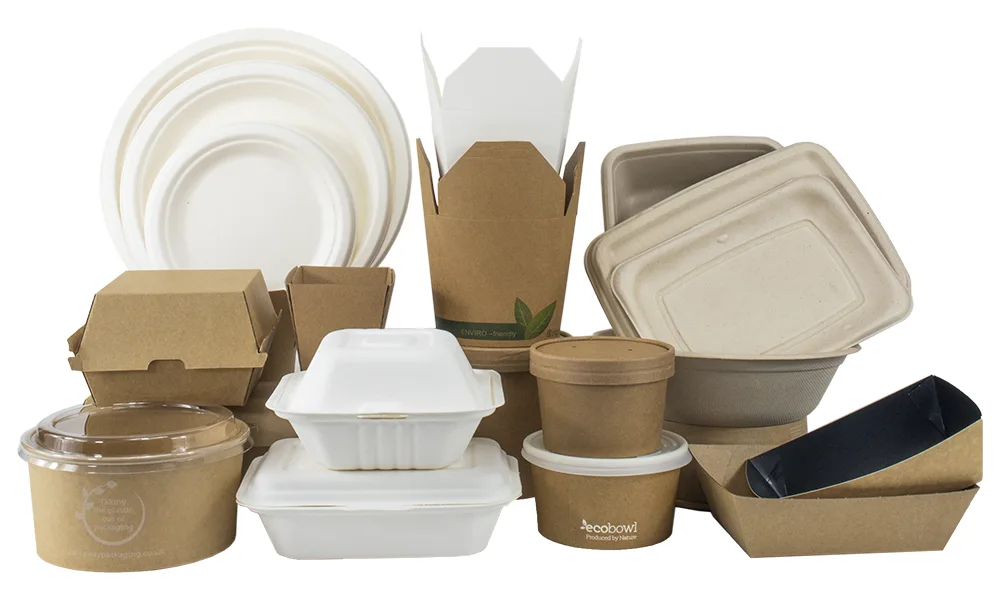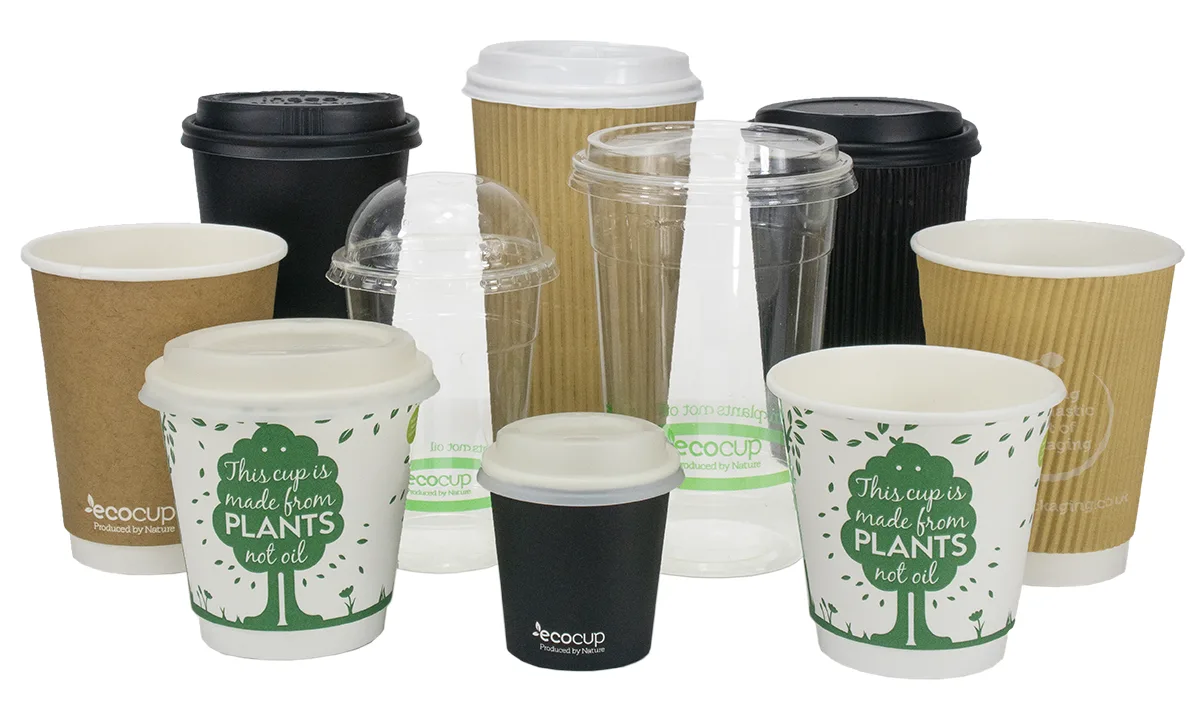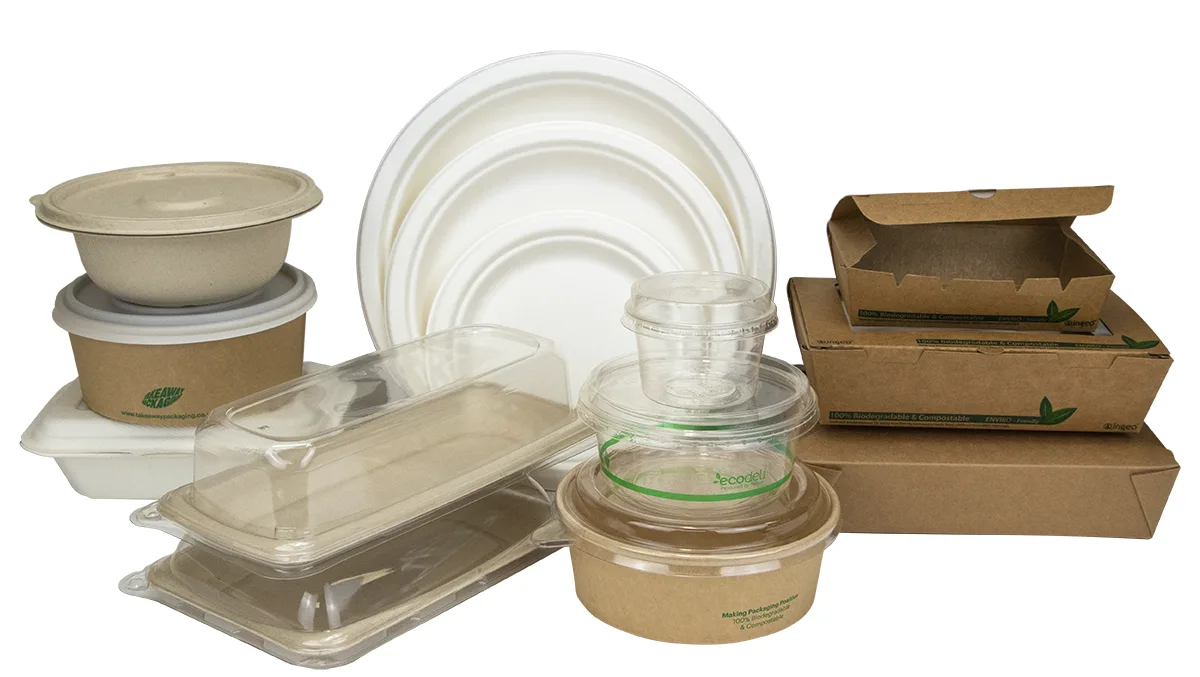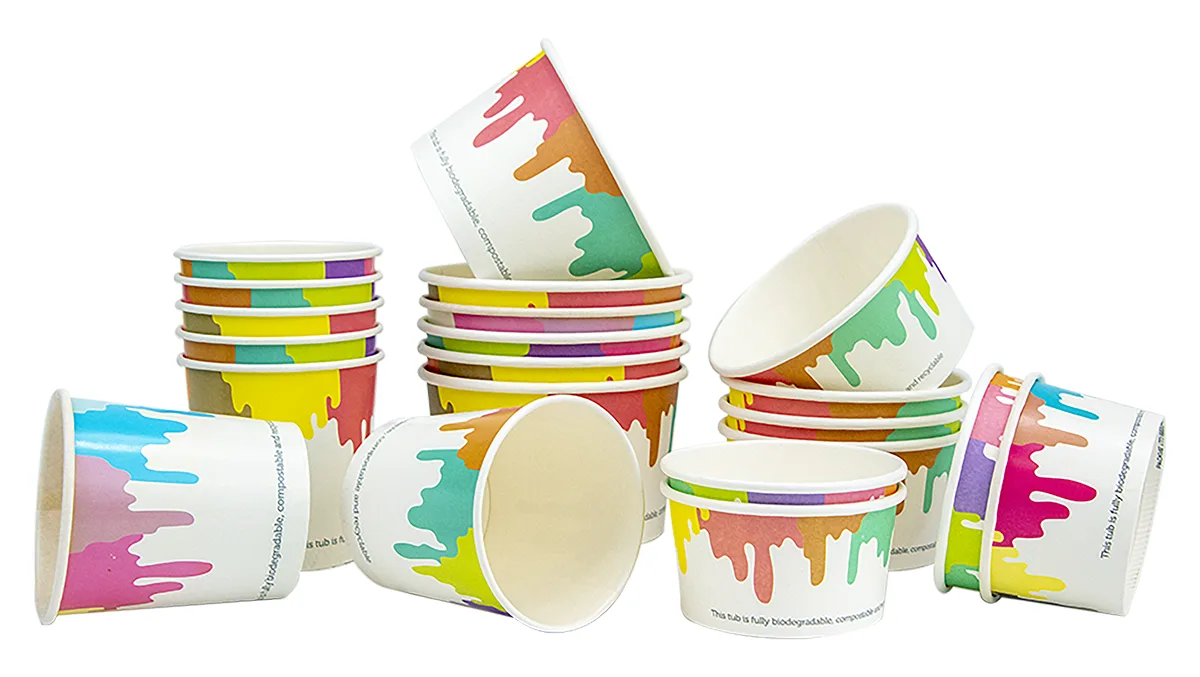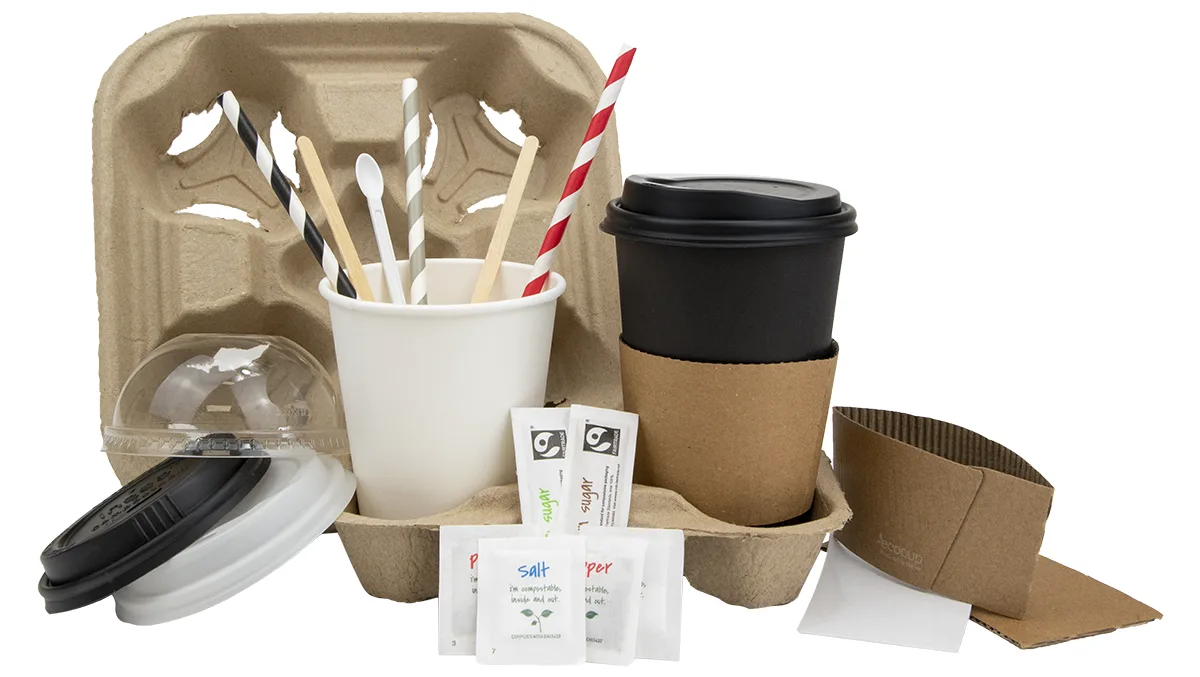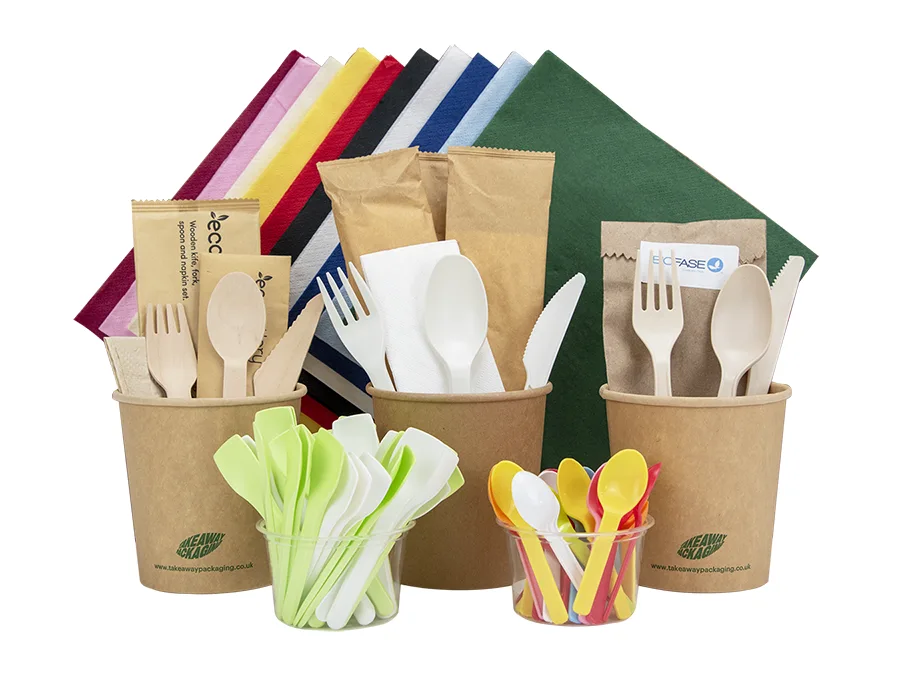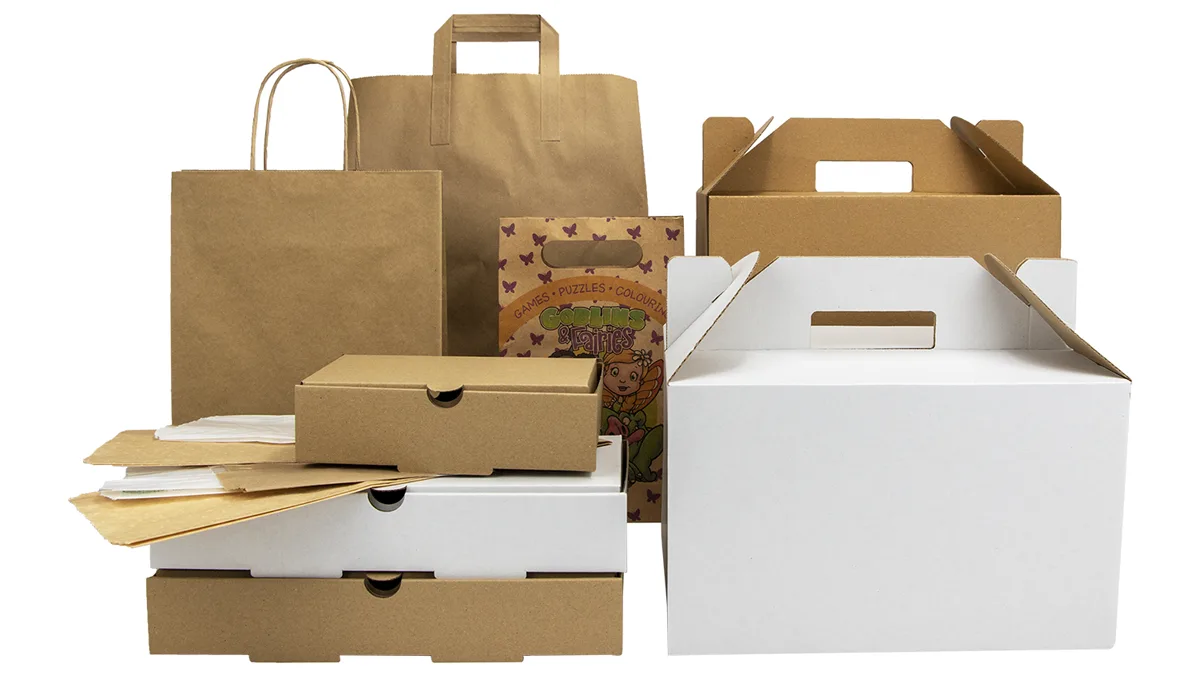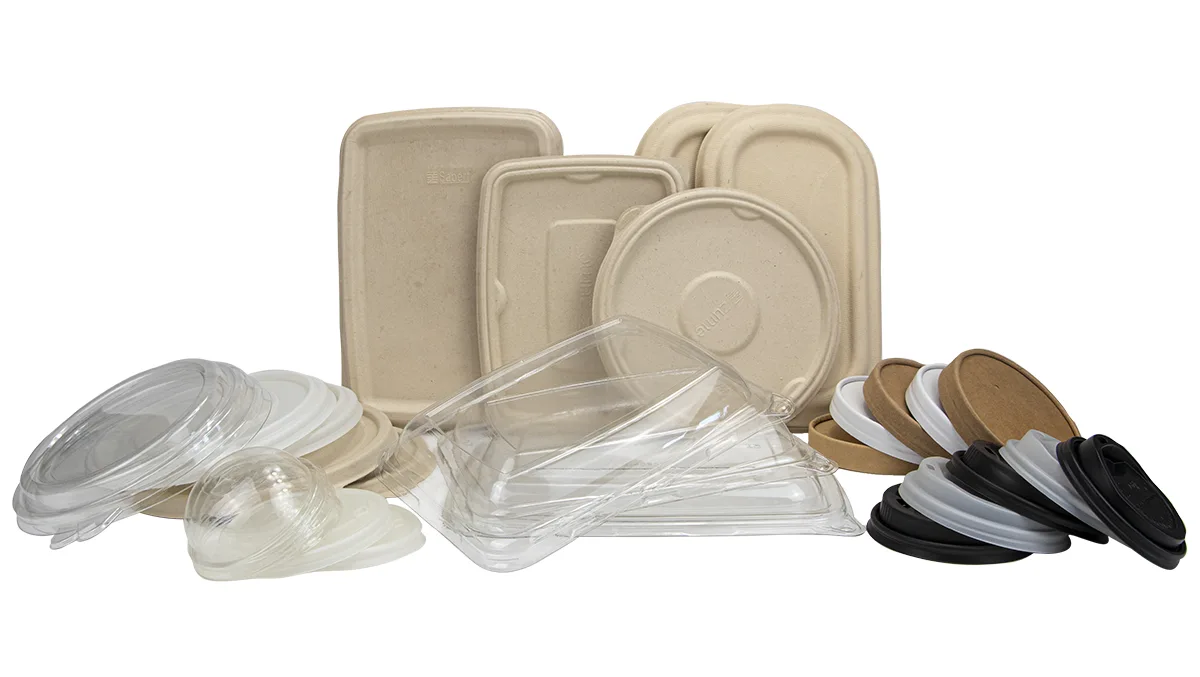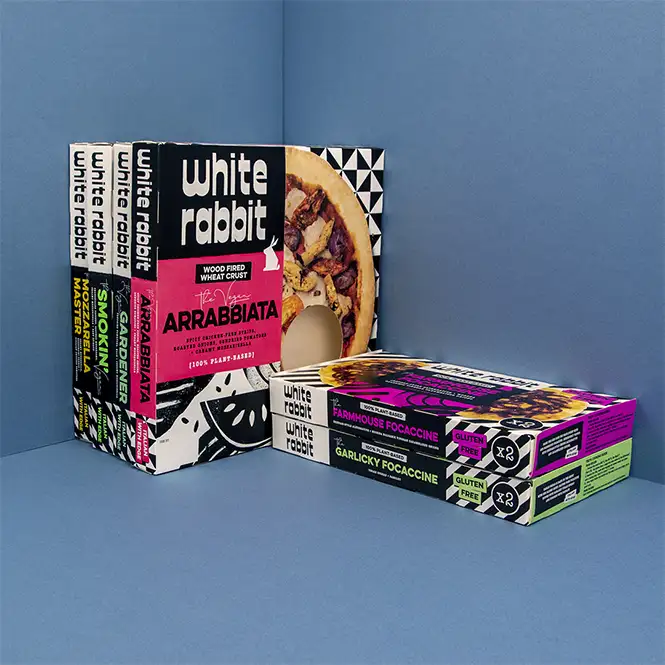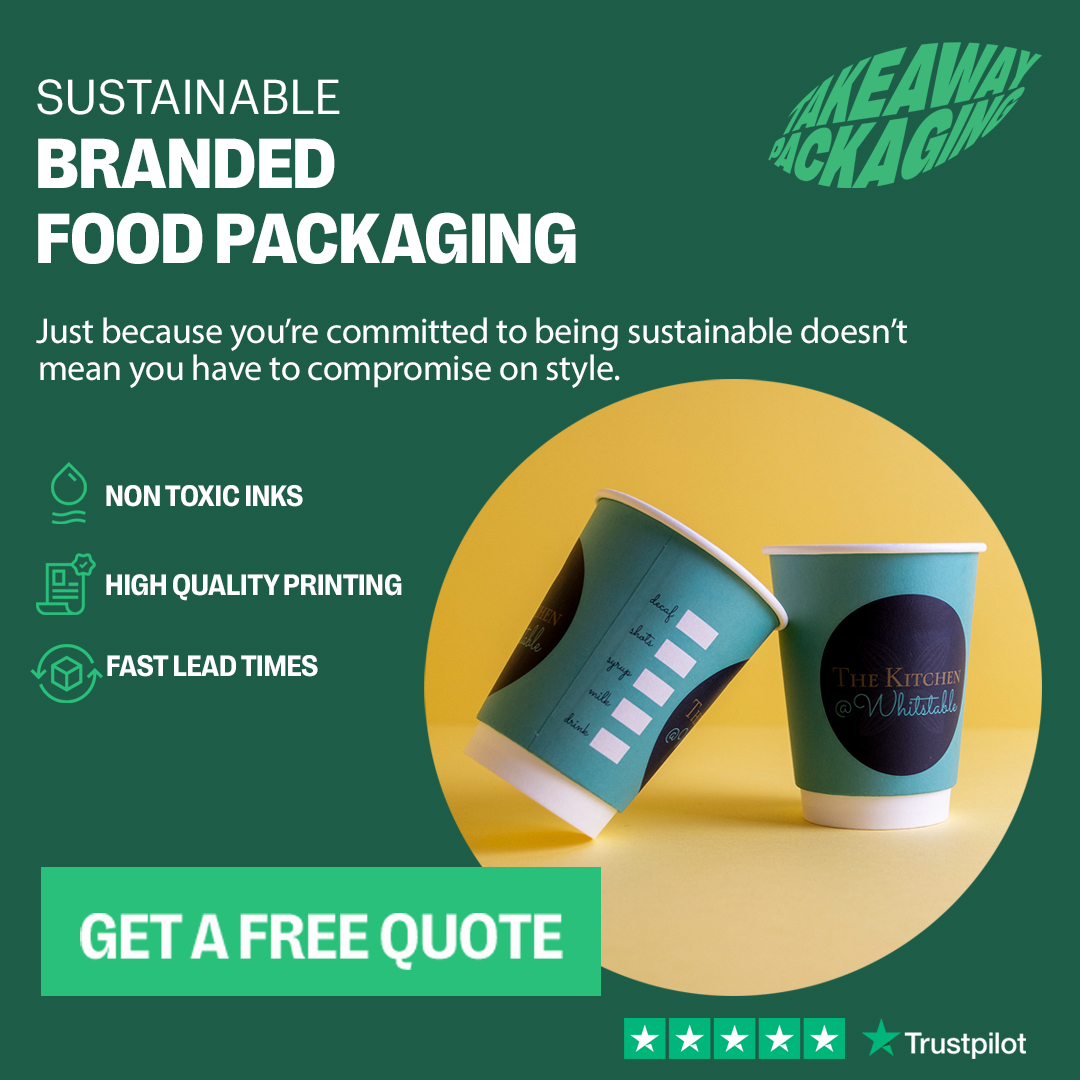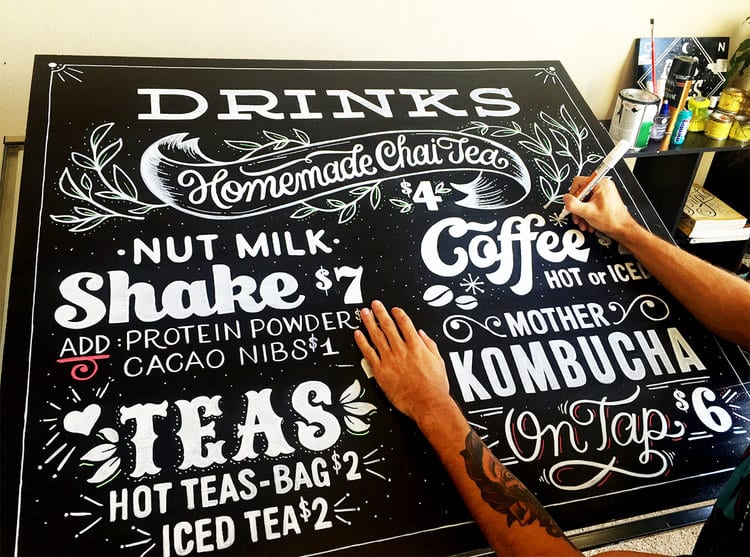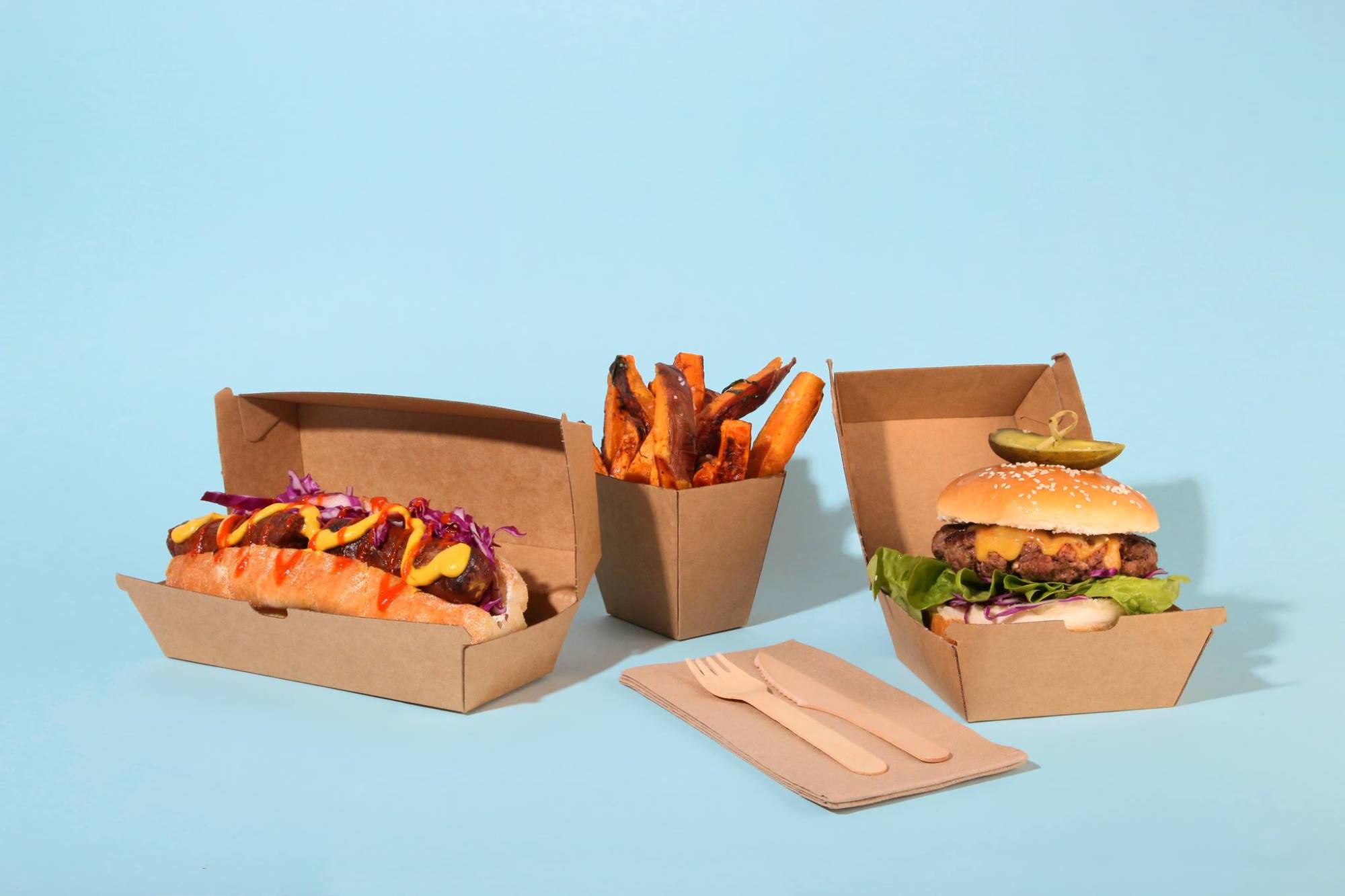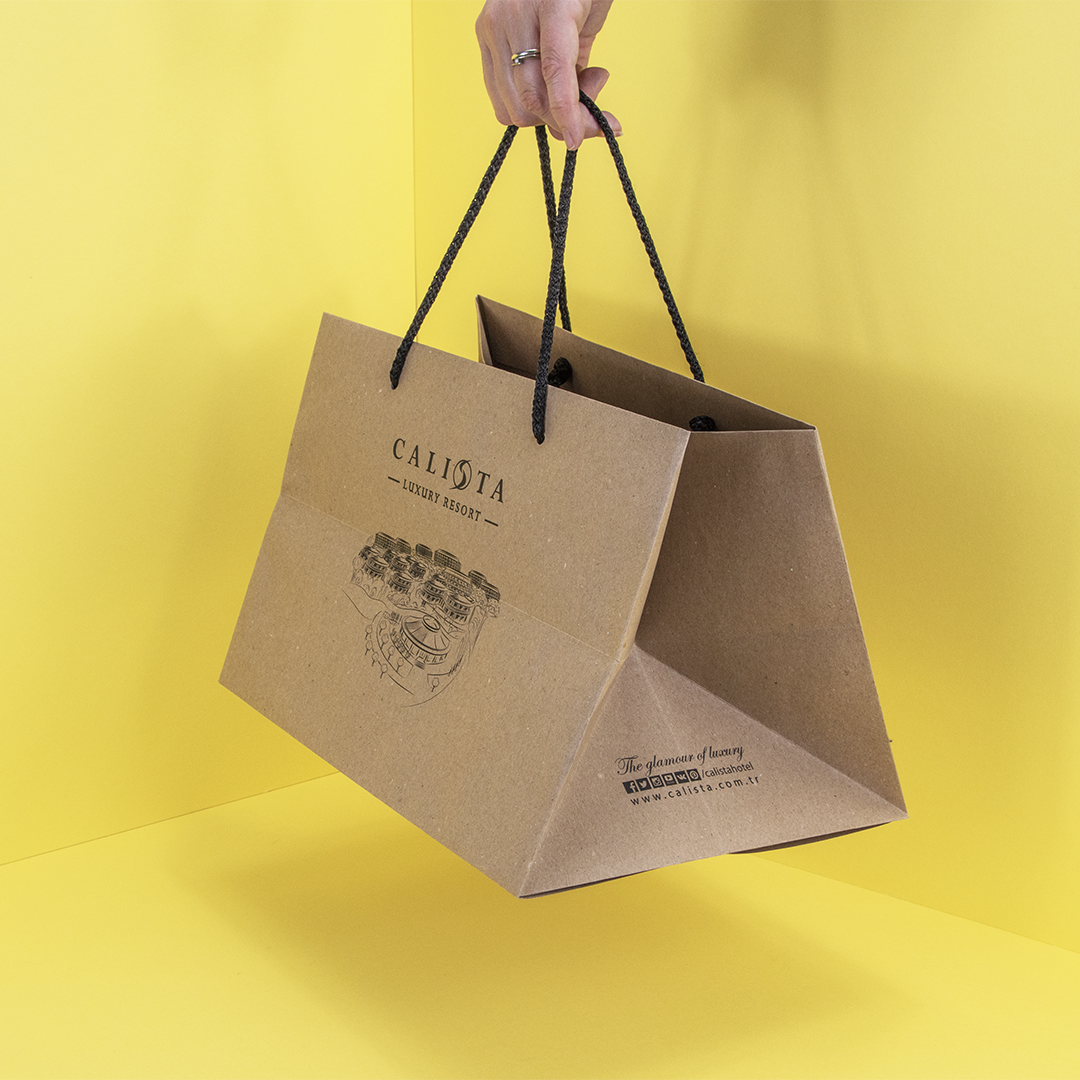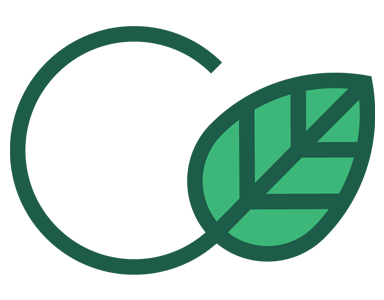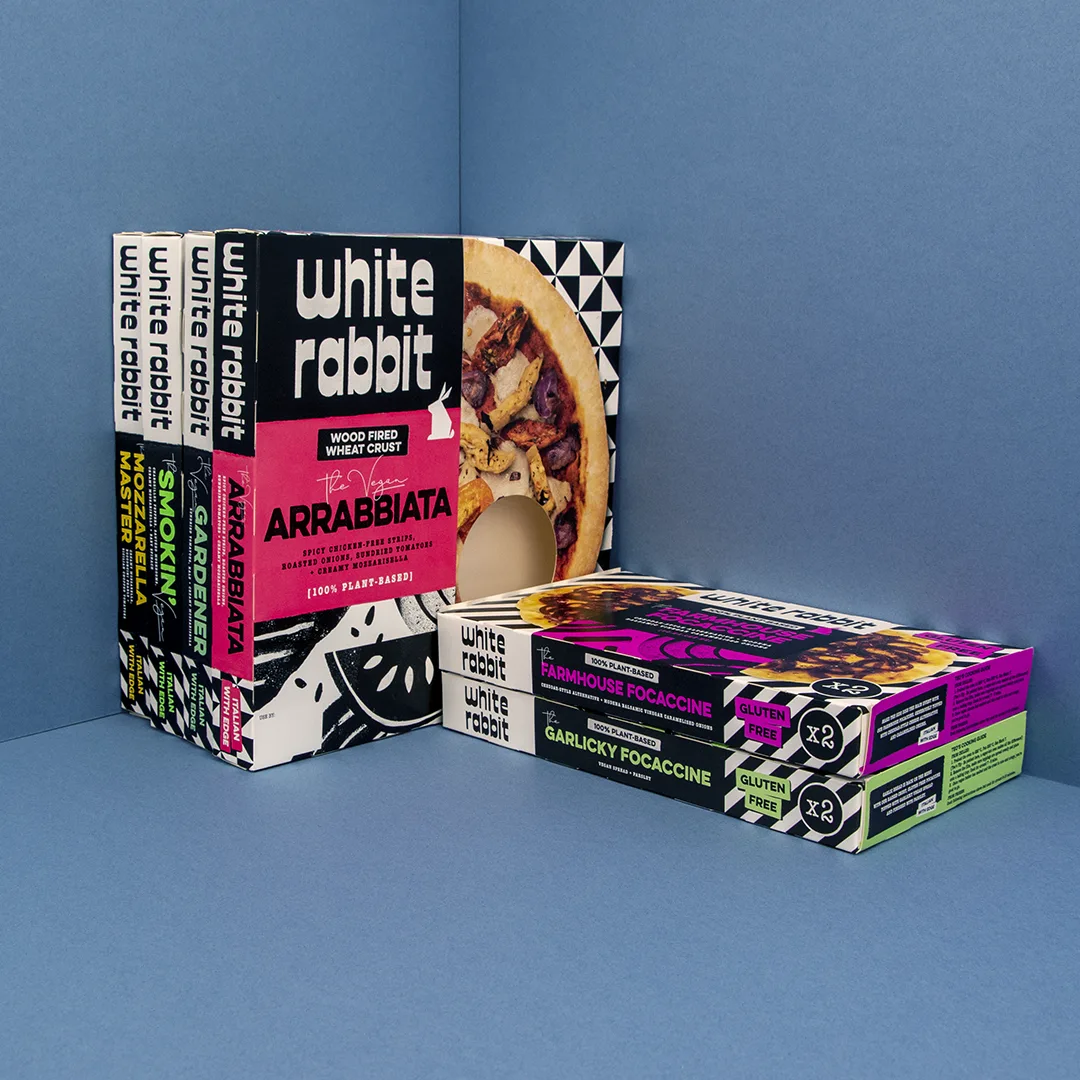
Food manufacturers are constantly looking for ways to preserve the freshness of their products to prolong their shelf life. With news that plastic packaging doesn’t prolong the shelf-life of fruit and vegetables, other common yet concerning packaging methods are being called into question.
The industry attempts to curb food spoilage by adding nitrogen in food packaging to promote longevity and slow the deterioration of food. Dried packaged foods such as crisps are filled with excess nitrogen to extend their shelf-life.
Nitrogen is a colourless, odourless gas often used to make things like explosives and fertilisers. These items aren’t exactly staples on our shopping list, making it confusing to think that the same gas has long been used in food packaging.
Why is nitrogen gas used in food packaging?
In short, it helps preserve food and keep it fresh.
Here, we’ll break down the process of using nitrogen gas in food packaging and why we at Takeaway Packaging are taking a different approach to support the food industry and protect the planet.
The Truth about Nitrogen Gas in Food Packaging
Nitrogen gas was introduced in food packaging as our populations grew and demand for food increased.
This kickstarted mass production as major supermarkets recognised that the need for food surpassed what farmers in a close radius could produce. When this happened, distributors needed to ensure they could deliver food of the same quality and freshness, even though they were shipping products over long distances (and sometimes overseas).
Using nitrogen is an easy way to accomplish this. Nitrogen does not contain oxygen or moisture, preserving the quality of the food. As Nitrogen is also odourless and tasteless, it won’t affect the flavour of the food. It is used a lot in dry foods, in particular, which need to remain crisp and fresh.
The most common way of introducing nitrogen into food packaging is through a nitrogen generator. Nitrogen generators allow the gas to be added to the packaging process quickly and efficiently, making them ideal for a factory setting.
Adding nitrogen gas to packaging has been continually adopted by distributors because of its cost-efficiency.
Using nitrogen offers a quick path to profit. Since more products can be made and shipped without a difference in quality and flavour, suppliers have championed this practice. It’s certainly convenient for us…
But what about the environment?
Food packaging that uses gases like nitrogen is detrimental to the environment. The process manipulates the natural form of the product, known as “modified atmosphere packaging”, which substitutes the atmospheric air of the package with gas — all in the name of providing the artificially “fresh” products that we consume.
Is Nitrogen Gas Bad for the Environment?
Nitrogen pollution is often overlooked as carbon pollution takes centre stage in the news.
That doesn’t mean this type of gas can’t be deadly.
Nitrogen contributes to particulate matter (small particles that aren’t safe for human consumption). These particles compromise air quality, producing pollutants such as ammonia and ozone, causing a thick haze in some of the world’s most treasured national parks and cities.
As nitrogen becomes part of the environment, the air becomes more acidic, causing devastating effects on natural resources. Among these are:
- Water Pollution — The imbalance of nutrients in coastal waters and lakes causes them to become acidic, harming the health of ecosystems. This can damage weak crops and woodlands sensitive to a change in environment.
- Increasing the Effects of Acid Rain — This is a visible form of air pollution that causes thick smog in the atmosphere.
Acid rain is one of the most visible forms of climate change, where entire cities are engulfed in a thick layer of what looks like smoke.
Knowing this makes it hard to understand why nitrogen is still being used
— or worse, that it’s fashionable in cocktails for added theatre. We’re not considering nitrogen’s impact on climate change.
Does Nitrogen Prevent Food Waste?
If food packaging is made more stable by using nitrogen, the package enables the product to remain fresh for a longer period. In turn, this can stop bacteria from growing and help to prevent spoilage.
In this sense, this practice does prevent food waste, so surely it’s a good thing, right?
Unfortunately, even though nitrogen can preserve food for longer and decrease the likelihood of food waste, it is still bad for the environment. Nitrogen generators used on a packaging site produce a continuous stream of gas that contributes to air and nutrient pollution.
Nitrogen-Free Food Packaging
Nitrogen is used in products where air needs to be locked into the package to maintain the food’s optimal state. Nitrogen is commonly used in dried foods with a typically long shelf-life, such as crisps, nuts and cheese to meet the demand for pre-packaged food products.
To eliminate the use of nitrogen in food packaging, we need to change two things:
- The materials we use to package products (and make this industry-wide).
- Our collective mindset about food consumption and our opinion on long-shelf-life foods.
These challenges involve those in the industry and its consumers, making eliminating nitrogen in food packaging a long-term challenge.
Related: Natasha’s Law for Food Packaging
Changing Perceptions about Packaging
It’s no secret Takeaway Packaging is a huge advocate (and supplier) of products that use natural packaging.
Our mission focuses on reducing the environmental impact of waste.
We use natural packaging that doesn’t require any harmful processes. Our materials come in the form of sugar cane and unbleached kraft pulp as part of our Carbon Neutral promise.
We never use nitrogen to enhance a product artificially — a practice we would love to see adopted by major supermarkets and restaurants worldwide.
Adding nitrogen gas to packaging was first made popular by our obsession with pre-packed foods, but now consumers have the power to reverse the trend by changing their buying habits.
With the recent rise of veganism, we’ve already seen the masses turn to diet as a key way to be more environmentally friendly.
What Can I Do?
Each time you open a packet of crisps, dried fruits or nuts in a similar container, you’re releasing nitrogen into the environment. Just like carbon emissions, this action pollutes the air, compromising our source of oxygen. Plastic packets are also hard to recycle and threaten wildlife and sealife, as they take years to decompose.
Although packaged products like these might be marketed as desirable, it’s key to remember looks can be deceiving. Often, products altered by gas will be starved of oxygen, meaning they only appear to be fresh.
Still want a packet of crisps?
One way to be mindful of your nitrogen footprint is to avoid eating a diet full of animal products, as nitrogen is used in today’s commercial crop fertilisers.
And if you feel passionate about keeping the earth’s air free from pollution, curb your crisp habit. Opt for foods without packaging or in natural packaging, like fresh fruits and nuts in a biodegradable or compostable pot. It’s time to start being kinder to your health and the planet.
Browse our sustainable product range and say goodbye to needless nitrogen air pollution.

